A Decade+ of Resilience: The TOMODACHI SoftBank Summer Leadership Program at UC Berkeley
We are pleased to share the publication of A Decade of Resilience: TOMODACHI SoftBank Summer Leadership Program at UC Berkeley (2012-2024).
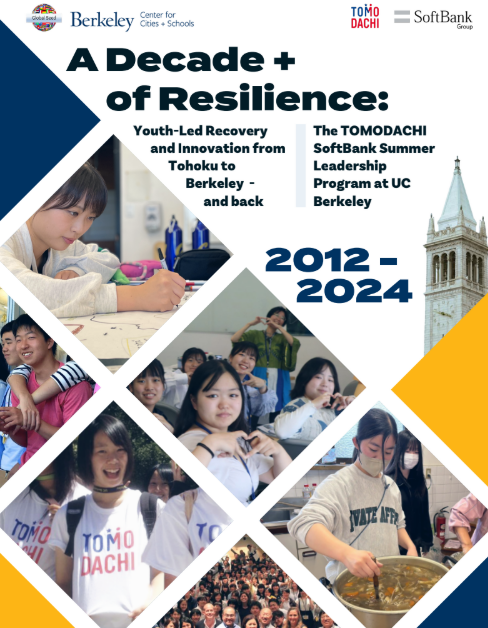
We are pleased to share the publication of A Decade of Resilience: TOMODACHI SoftBank Summer Leadership Program at UC Berkeley (2012-2024).
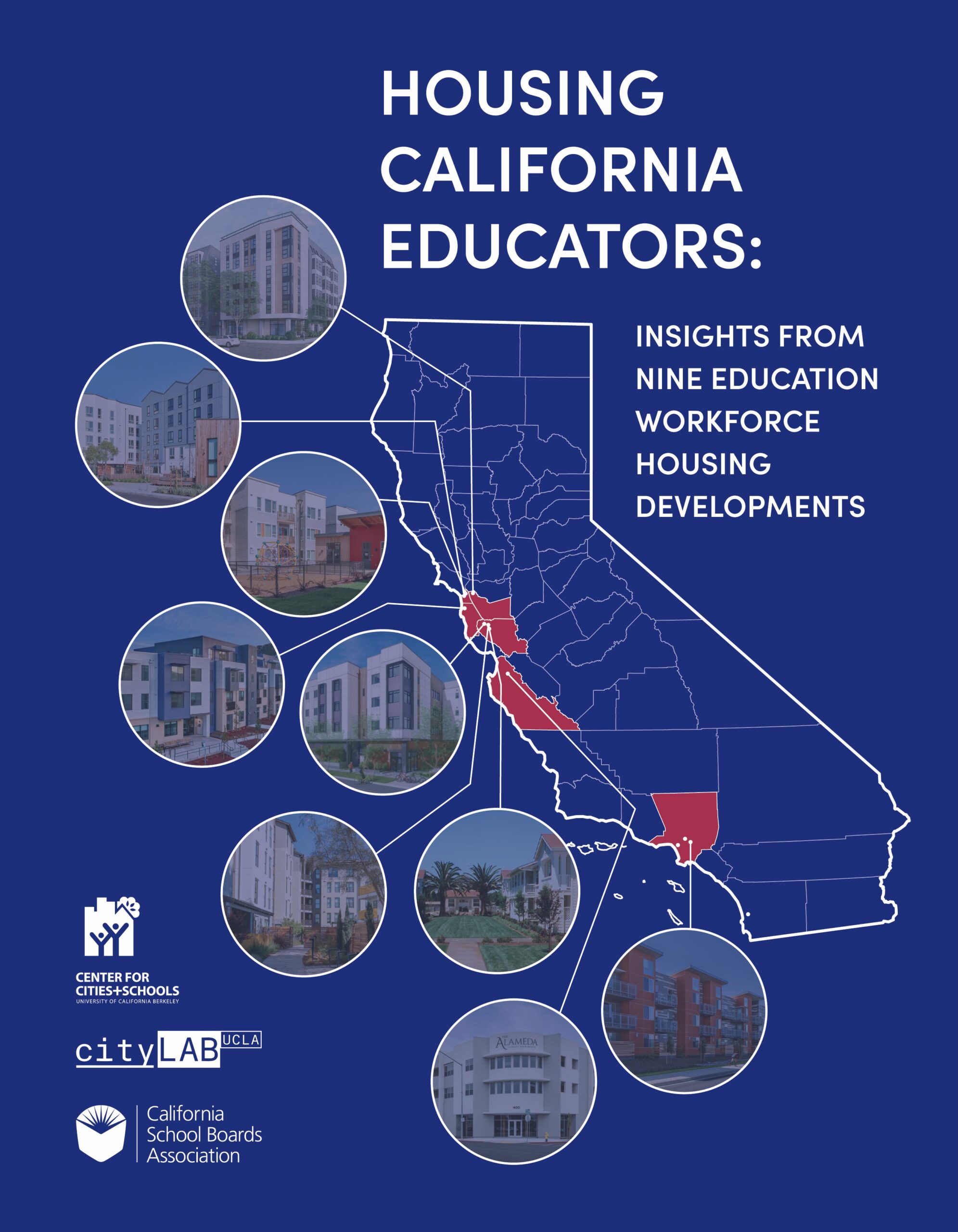
The rising cost of housing in California has made it increasingly difficult for teachers and other school staff to live near their places of work, exacerbating teacher shortages and staff retention challenges. In response, local educational agencies (LEAs) across the state have begun developing workforce housing to provide affordable living options for school employees. This…

![A Lot [of Parking]: Quantifying Parking at New Public High Schools in California](https://citiesandschools.berkeley.edu/wp-content/uploads/A-Lot-of-Parking-Cover-768x994.jpg)
As California increases efforts to promote a more sustainable, multi-modal transportation ecosystem, it is important to understand how different parcel uses, especially those that benefit from public funding, such as schools, determine parking requirements. Given California’s evolving approach to off-street parking provisions and the state’s funding of new school development projects, the amount of parking…
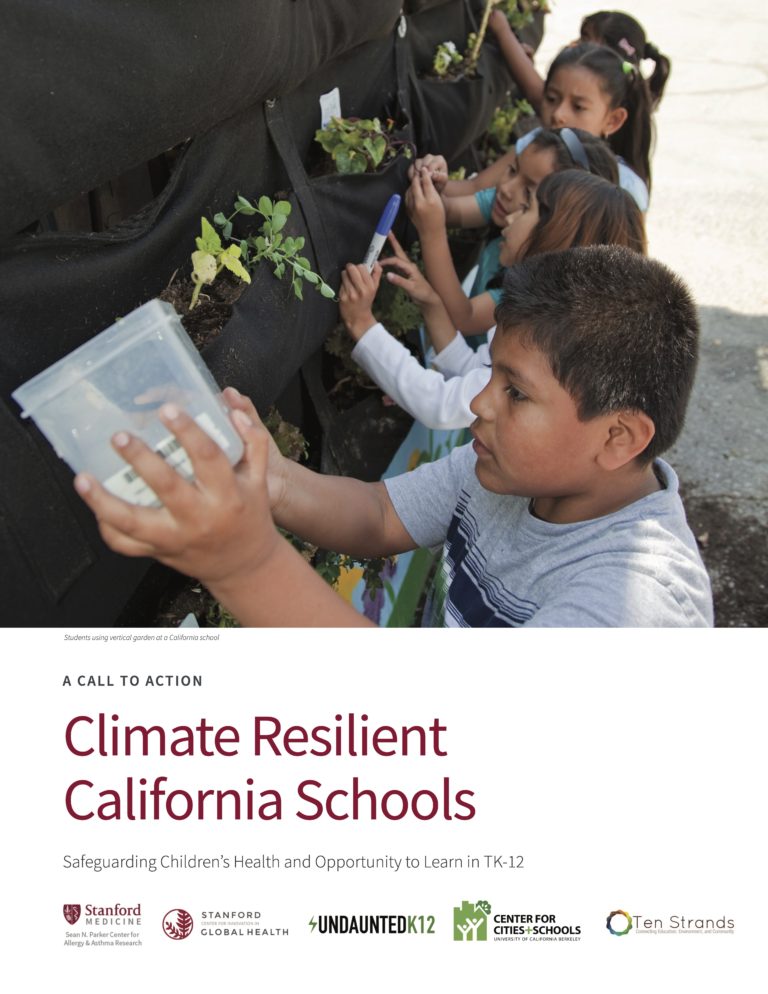
Amid fires, wildfire smoke, extreme heat, and other climate-driven disasters and health hazards, California’s leading experts in children’s health and education have come together to call for a cost-effective, ten year $150 billion investment to ensure K-12 public schools can remain open and provide safe and healthy places for California’s children to learn and grow….
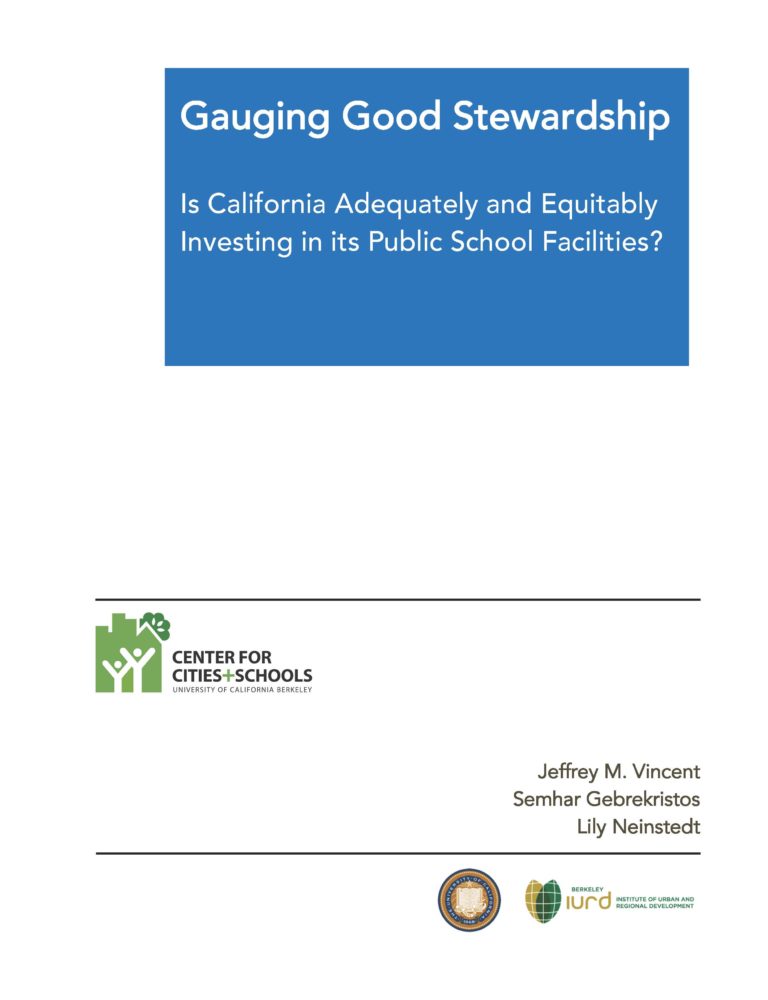
Public school districts across California struggle to upkeep and modernize their school facilities. For many districts, aging inventory, coupled with limited capital funding opportunities, has led to school facilities with ballooning deferred maintenance problems and classrooms that do not appropriately support modern instructional practices. These realities also work against California’s priorities for high quality, equitable…
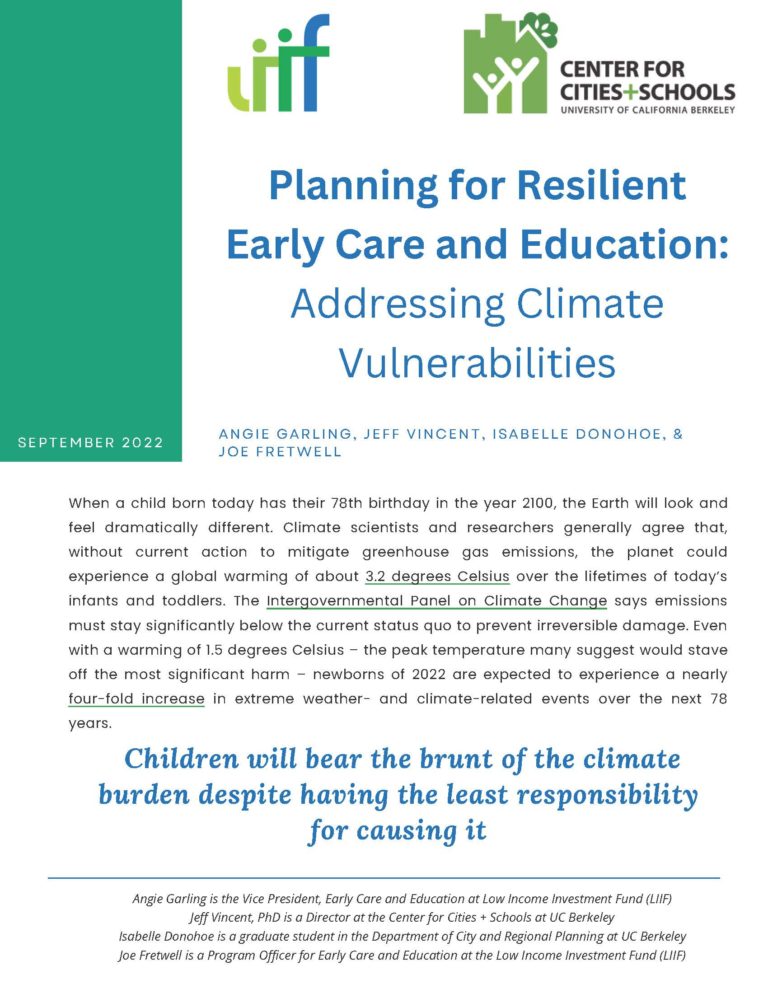
Children born today will bear the brunt of the burden of climate change despite having the least responsibility for causing it. Growing calls to position climate change as a child’s rights crisis are rooted in research on the unique physical and mental health impacts that high temperatures, poor air quality, and stress associated with living…
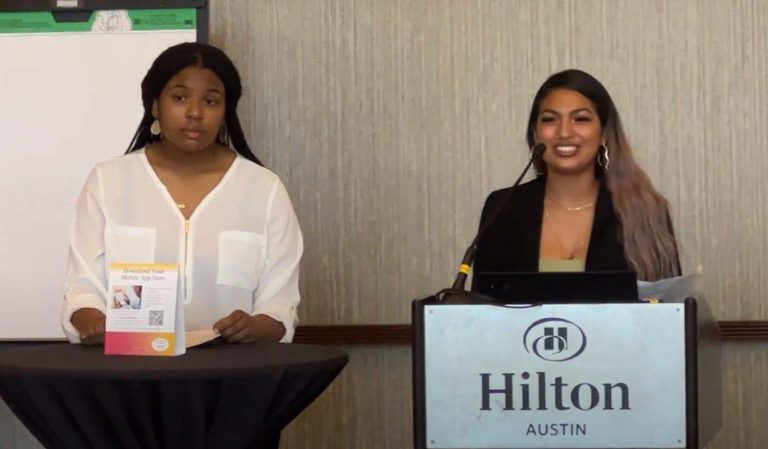
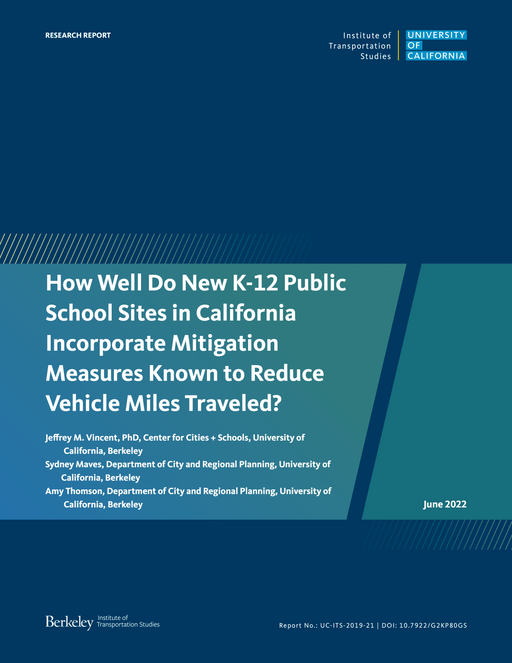
Problem Statement: To support its policy goals of reducing greenhouse gas emissions (GHG) in recent years, California has enacted land use and transportation policies aimed at reducing vehicle miles traveled (VMT). One of these new policies, Senate Bill (SB) 743 (Steinberg, 2013), requires lead agencies to measure development impacts on VMT and identify feasible mitigation…

Education Workforce Housing in California: Developing the 21st Century Campus, a new report and companion handbook from cityLAB, Center for Cities + Schools, and the Terner Center for Housing Innovation, provides a comprehensive overview of the potential for land owned by school districts to be designed and developed for teachers and other employees. Developed in…
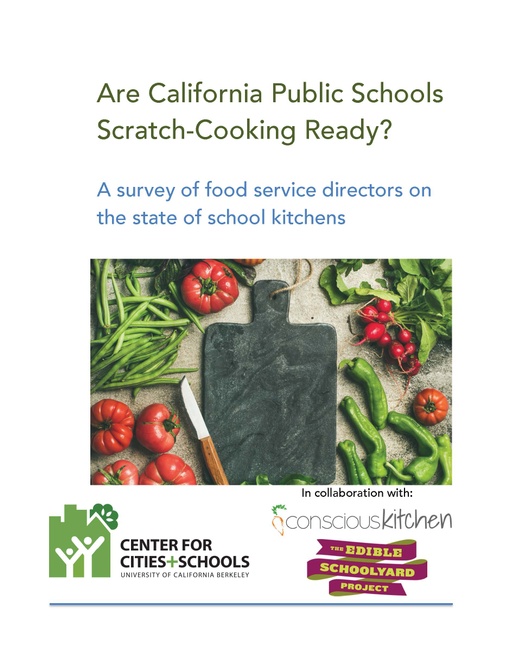
One way to serve healthier school meals is by incorporating “scratch-cooking” techniques, whereby many or most of the ingredients are prepared onsite from a raw and/or minimally processed form, into school food service programs. However, the vast majority of public school kitchens across the U.S. and in California are not designed and/or equipped to scratch…
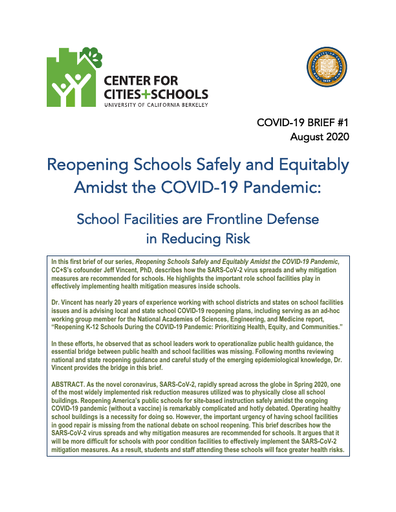
As the novel coronavirus, SARS-CoV-2, rapidly spread across the globe in Spring 2020, one of the most widely implemented risk reduction measures utilized was to physically close all school buildings. Reopening America’s public schools for site-based instruction safely amidst the ongoing COVID-19 pandemic (without a vaccine) is remarkably complicated and hotly debated. Operating healthy school…
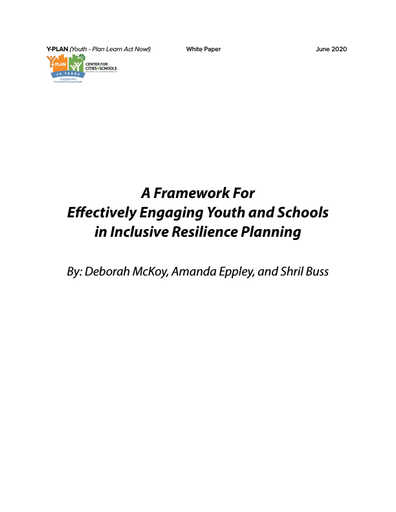
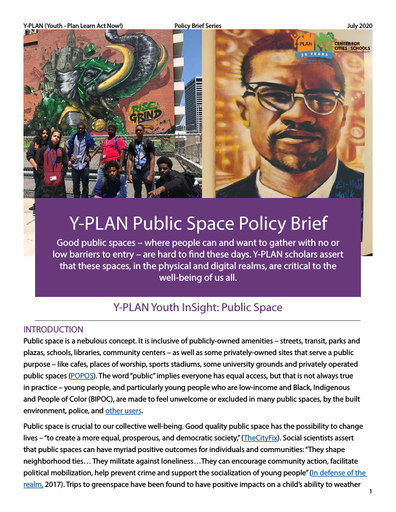

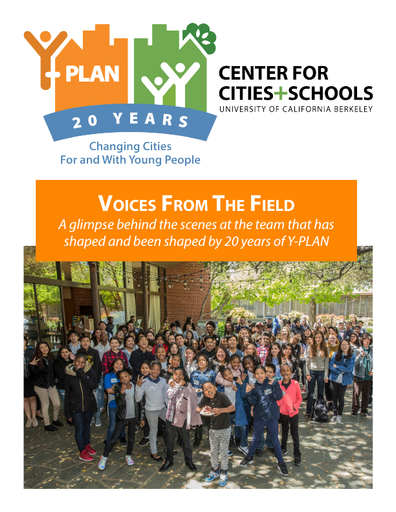
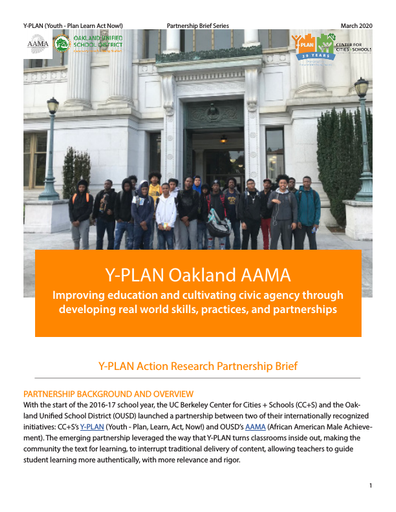
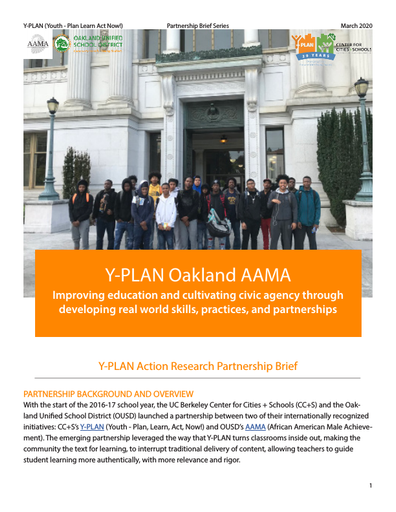

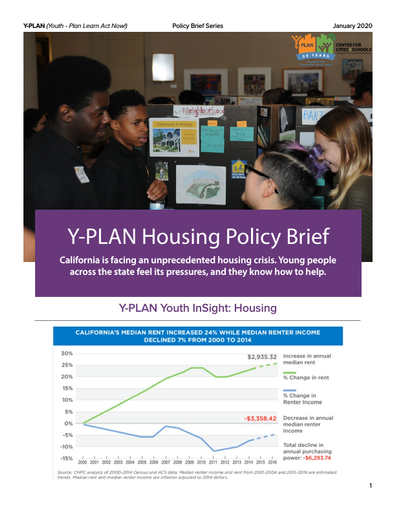
End of content
End of content